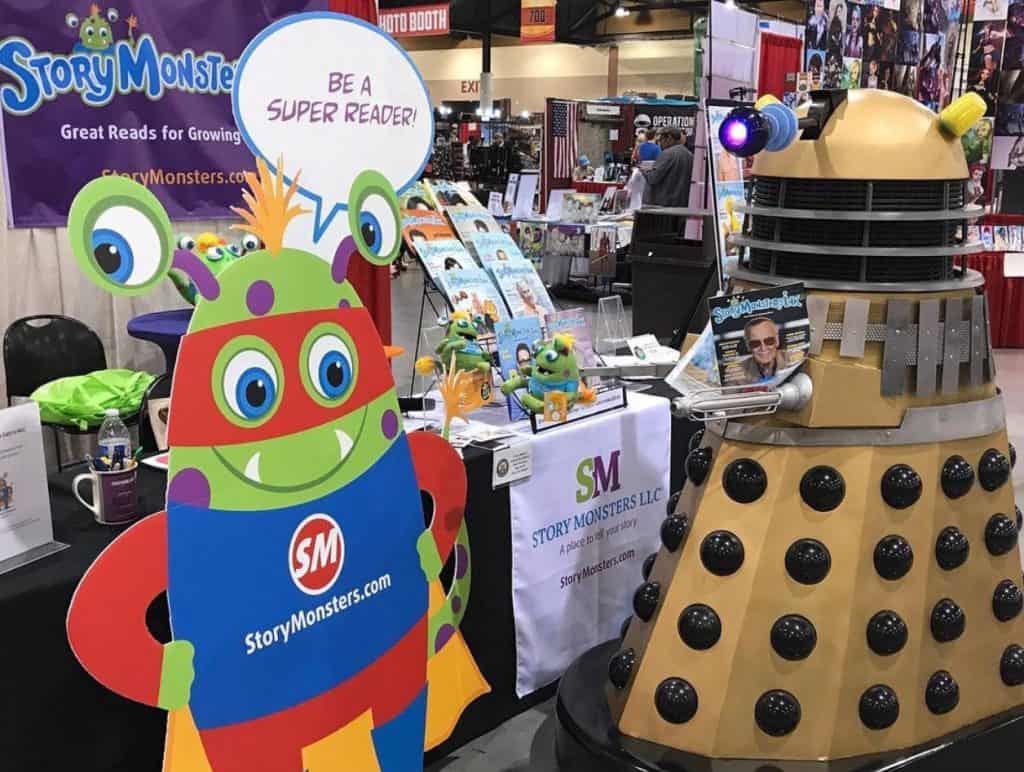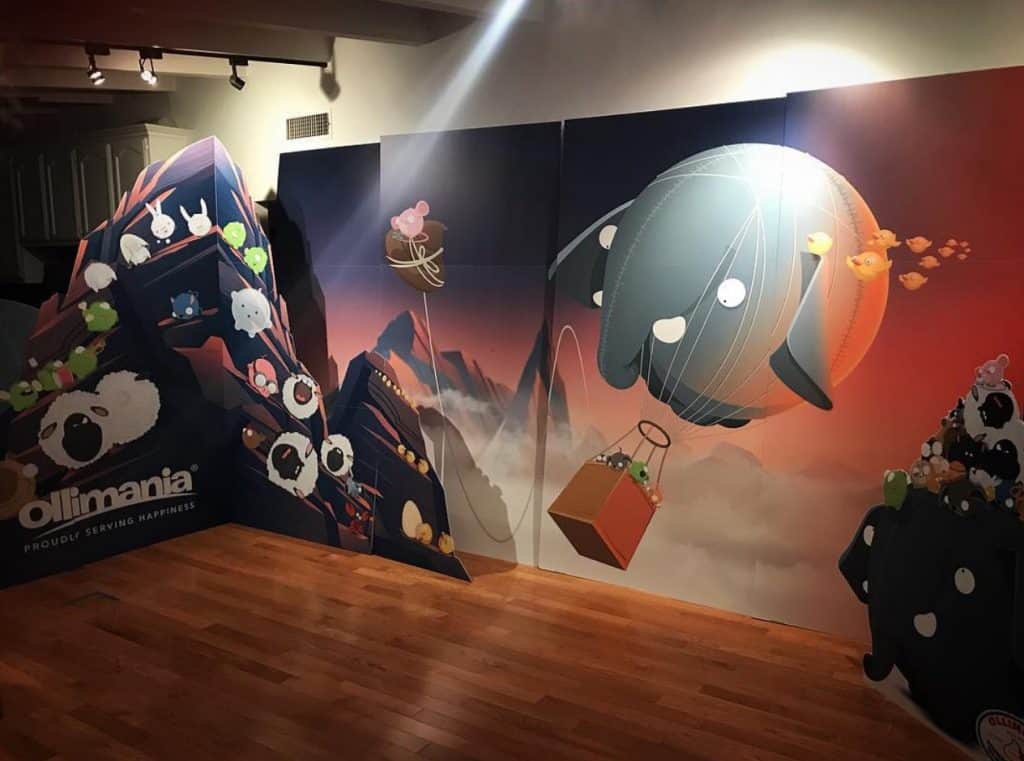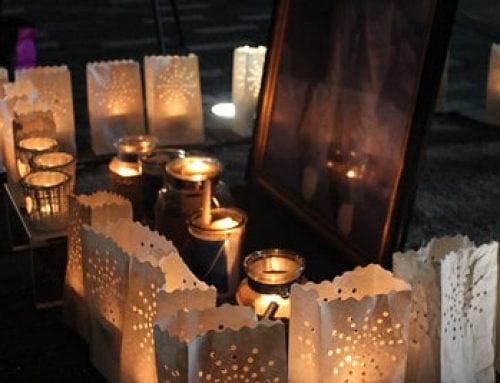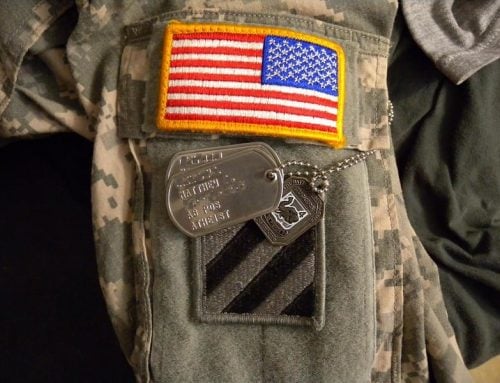Trade shows can be gold mines.
If not in the literal sense (unless you are attending a “We Buy Gold” trade show), but in the metaphorical one – they can be great places to not only increase your brand recognition but also sell merchandise and gather leads.
Done well, trade shows can be great launching pads or boosts to your business, no matter what stage of the game you are in. As you get prepared for your next trade show this year, make sure to review these 25 must-know trade show marketing tips for 2018.

1. Choose the right event
There are lots of trade shows out there. Before you jump on one in particular to attend, make sure to weigh out the options to determine which one will give you the most bang for your buck. Consider the exhibitor fee, location, transportation costs, trade show topic, anticipated number of attendees, and any other relevant factors.
Pick the show that you know will provide the best returns on your investment.
2. Make a plan
Trade shows should not be places where you’re flying by the seat of your pants. Before heading there, meet with your team and determine your plan. Who will be involved? Which responsibilities will be assigned to whom? Having point people and responsibilities delegated out in advance will help ensure that the actual event will be much less stressful.
3. Set a goal
What do you want to accomplish by attending this trade show? Do you want to capture a certain amount of leads? Connect with specific industry bigwigs? Increase your social media following by a percentage?
Set a measurable (read: quantifiable) goal before attending so that later you can accurately assess whether or not it was successful.
4. Be an early bird
Registering for a trade show early can not only help you get a better price, but also a better location and other such perks. Also, registering early can give you enough lead time to make sure you can adequately prepare.
5. Schedule meetings
If networking is on your to-do list for the trade show, don’t leave those meetings to chance. Once you’ve committed to attending, scope out who else will be there and reach out to them to set up dedicated times to meet and chat before, during, or after the show.
6. Recruit a mix of personalities
You might think that bringing your sales team is the most sensible option, but be willing to recruit outside of the norm. Bringing folks from other areas of the company can help ensure you provide a mix of personalities and expertise that people can connect with.
7. Train your staff
Make sure that everyone who will be attending the show understands the goals, talking points, and other important factors that should be discussed there. Take time before attending the show to train those who will be present so that all are on the same page.
8. Build a buzz
Trade show success isn’t built in a day; use the time before the show to get in-house staff, current clients, and social media followers excited about the event. Publish posts that tease elements of the booth that people might find interesting.

9. Make your booth unique
Lots of people go the default route when setting up their booth, opting for a table, LED screens, a tablet, and matching T-shirts. Brainstorm with your team ahead of time to develop some creative ideas that could set your booth apart from your competitors, like different activities, games, giveaways, and the like.
10. Have a CTA… for your booth
Based on the goal you set in the planning phase, make sure that your booth has a clear CTA for those who visit. Do you want them to sign up for a mailing list? Follow you on social media? Sport your merchandise?
Have a clear call-to-action incorporated into your booth so that more people who stop in are more likely to do it.
11. Coordinate your elements
In the same vein, make sure that all the elements of your booth are working together. Align your branding elements, color schemes, decor, and the like to make sure that your brand is clear and memorable.
12. Be flexible
During setup, you might notice that something about the booth setup is askew. Maybe the power strips aren’t in the right place, the sun is in your eyes, etc. Know going into it that there may be some things that require adjustment, and be ready to make tweaks as you need to.

13. Invite people in
Walking into your booth should be as easy as walking into a good friend’s house. Position your tables and other visuals in an open way, with greeters stationed at the front so that people feel invited to come in and engage with you.
14. Engage people personally
Though trade shows can be an overwhelming flurry of people and distractions, making personal connections with individuals who stop by can mean all the difference. Do your best to give people undivided attention during your conversations, and make them feel valued.
15. Qualify leads
Not all leads are created equal. If you can tell that someone isn’t interested, don’t put unnecessary pressure to sign up or get involved. Thank them for stopping by and focus on warmer leads.
16. Be interactive
No one wants to be talked at for five minutes at a trade show – they come for experiences. Incorporate interactive elements like a living wall, game, competition, photo booth, or other points of interest to draw people into the experience.
17. Use giveaways/gimmicks strategically
Similarly, you want to make your activities meaningful and somehow connected to the overall goal you are trying to accomplish for the show. Don’t overdo it –– pick a couple or a few gimmicks and go full force with those.
18. Make lead capturing easy
Whether you use a tablet or an old-fashioned analog piece of paper, make sure that capturing leads is quick and painless for all parties involved. You don’t want to get stuck sifting through a thousand slips of paper at the end of the day.
19. Have a backup plan
One of the tenants of event planning is to know that there are some things that may not go as planned. Anticipate any issues (technology being a frequent offender) you might have, and how you could work around them if there is a snafu.
20. Incorporate your online followers
The physical attendees of the trade show aren’t the only ones who can be involved –– have one team member take charge of posting pictures, videos, Snaps, or other social media posts at the event so that online followers can be involved.
21. Help people remember you
Let’s face it –– a lot of people love trade shows because of all the swag. In some way or another, people should leave with some token that helps them remember you and your company, whether it’s a bag, button, pen, or some other item.
22. Follow up soon after
The trade show isn’t over at teardown –– the real benefits are found after, often through following up and connecting with those you met via email or some other mode of communication. Make sure to do so soon after the show, while you are fresh in their memories.
23. Document everything
Chances are, this isn’t the only trade show you will be attending. Keep track of your plans, goals, documents, challenges, successes, and any other relevant materials for use in your future events.
24. Keep pushing out content
Use the content acquired from the trade show as a launchpad for highlighting a new promotion, building a new partnership, or otherwise riding out the buzz.
25. Do a post-show evaluation
Don’t forget to reflect. Revisit your plan and goals from the beginning. What worked and what didn’t? Use these reflections to make your next trade show even better.
If you take the time to follow these tips, you can be sure to have more successful and enjoyable trade shows this year and beyond.









